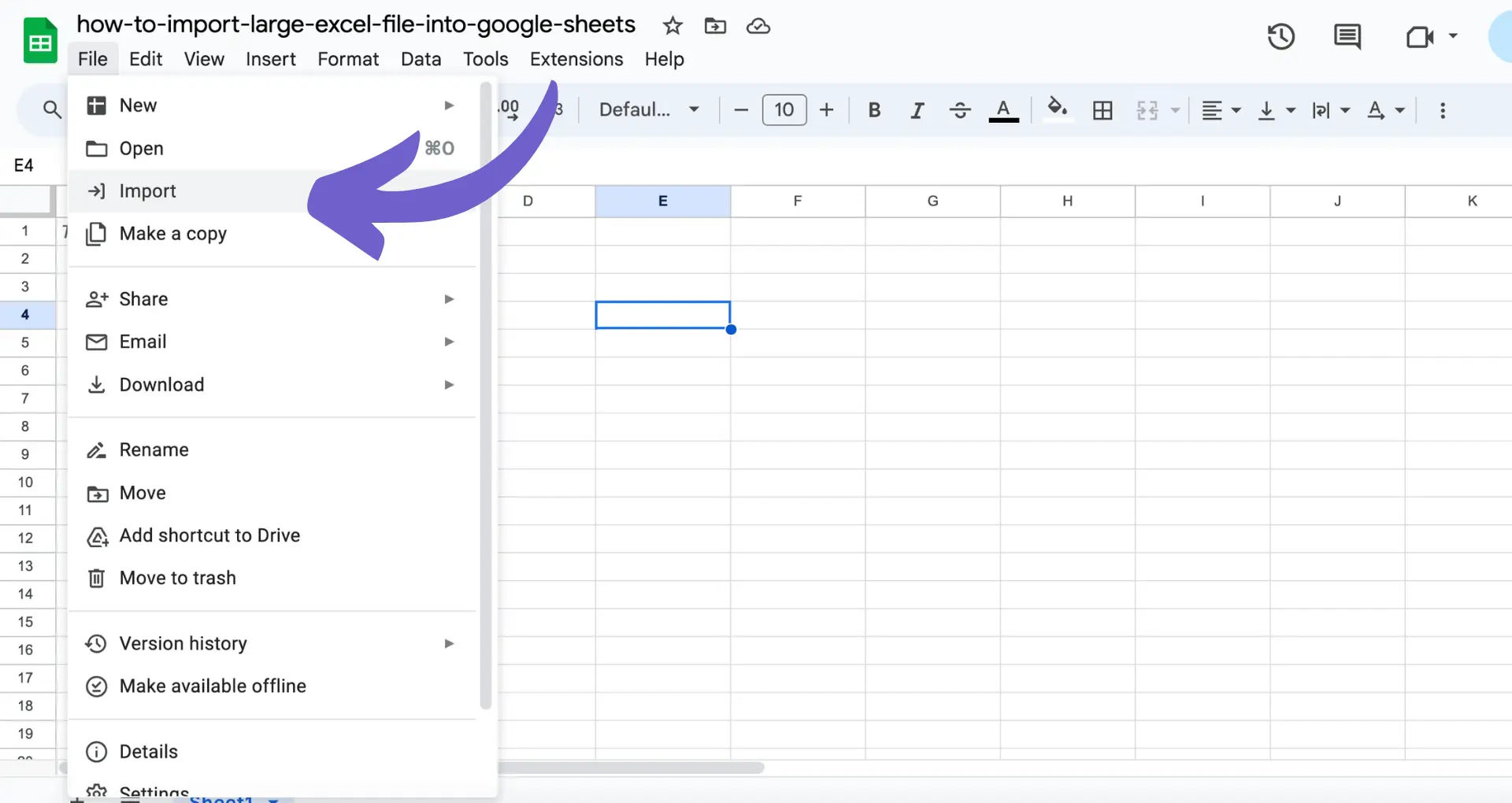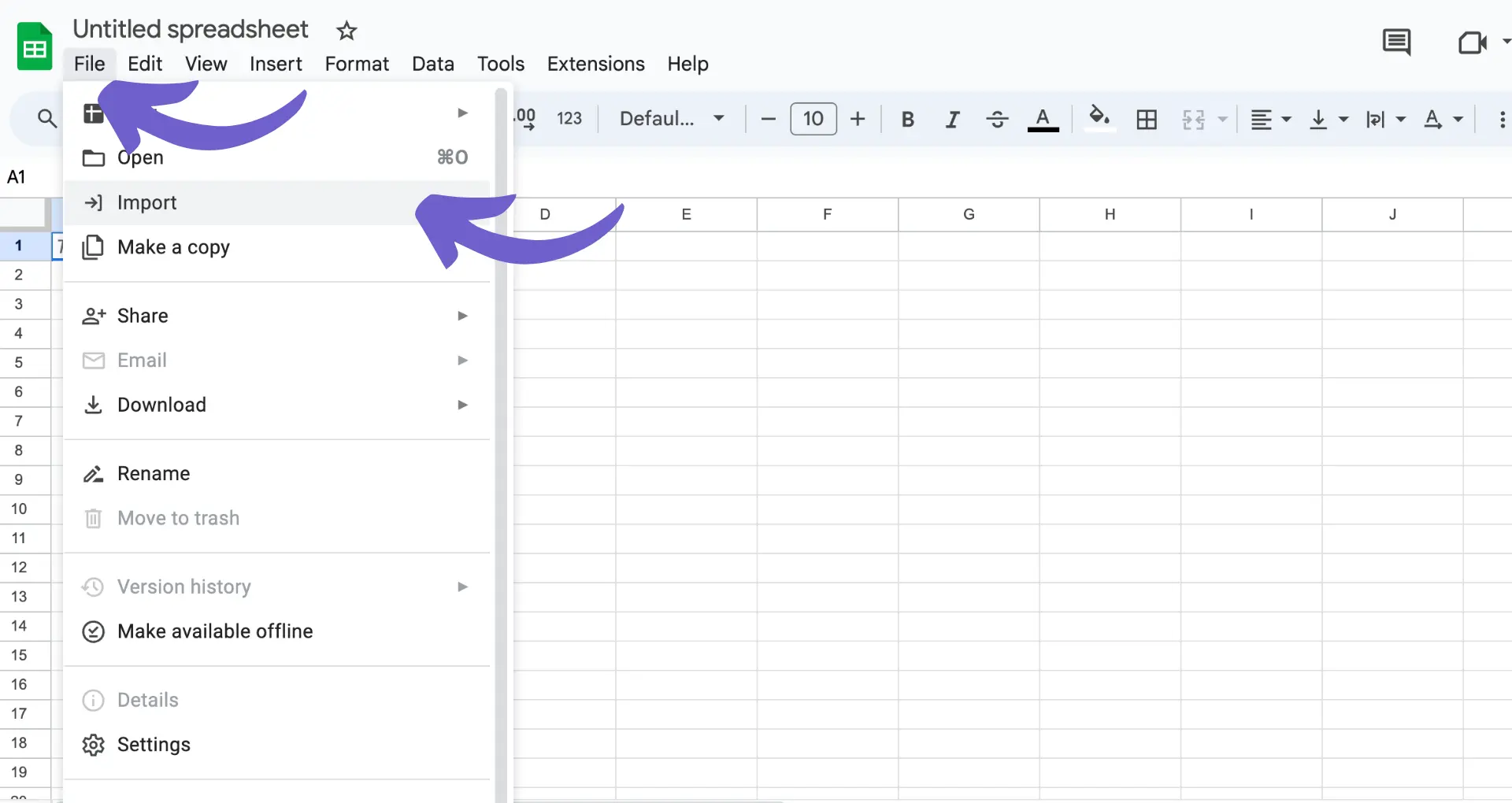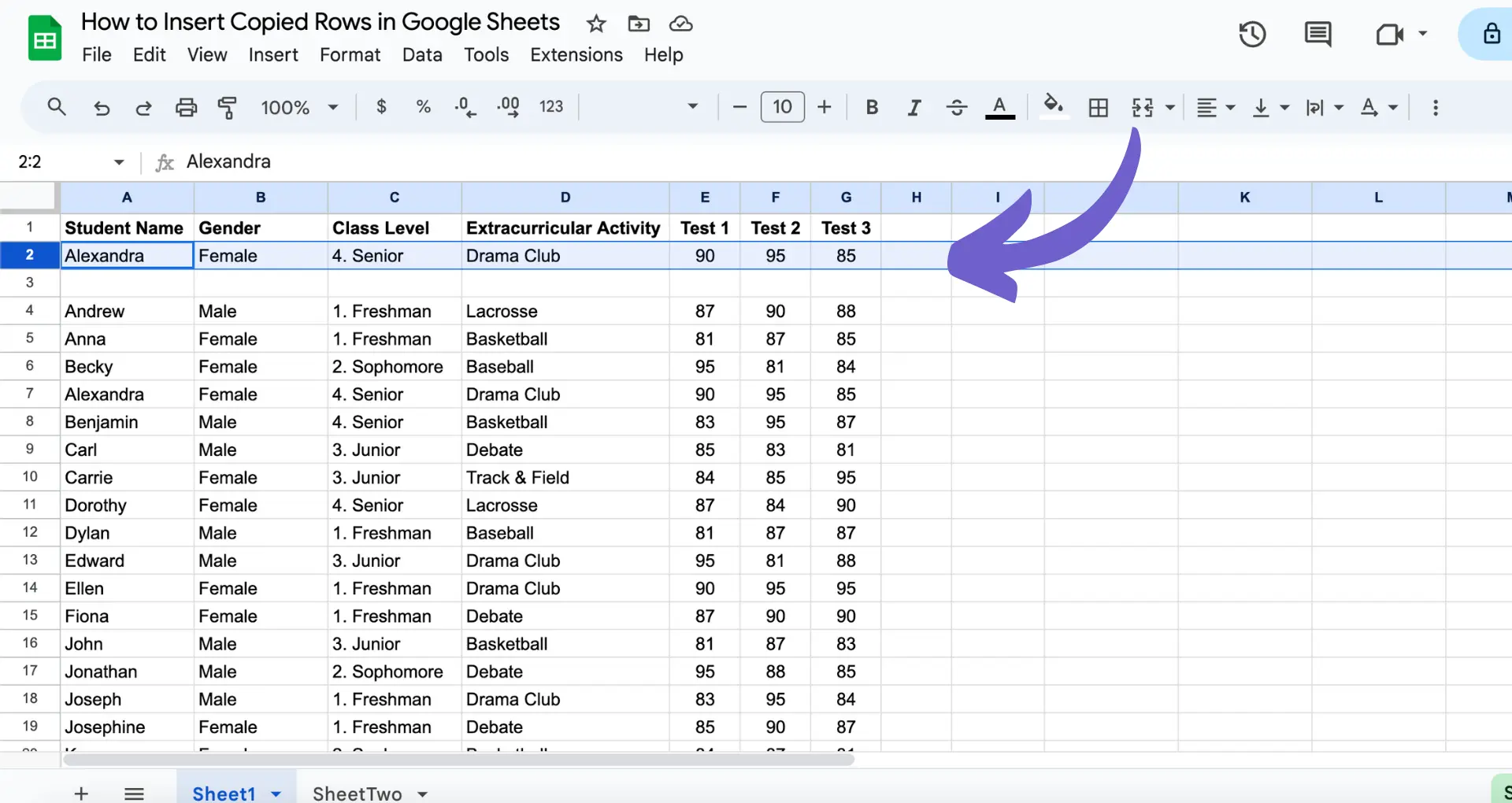Seamlessly integrating Salesforce with Excel is crucial for effective data management and reporting. In this step-by-step guide, we'll walk you through the process of exporting your Salesforce account list to Excel, covering everything from the basics of Salesforce and Excel integration to advanced techniques using ODBC drivers and OData endpoints. By the end of this guide, you'll have the knowledge and tools to efficiently export your data, enhancing your data analysis and reporting capabilities.
Introduction to Salesforce and Excel Integration
Integrating Salesforce with Excel is essential for businesses looking to optimize their data management and reporting processes. Salesforce, a leading CRM platform, stores vast amounts of customer data, while Excel is a powerful tool for data analysis and visualization. By combining these two tools, you can:
- Export Salesforce data to Excel for further analysis
- Create custom reports and dashboards
- Merge Salesforce data with other data sources in Excel
- Automate data updates between Salesforce and Excel
Understanding the fundamentals of Salesforce and Excel integration is key to unlocking the full potential of your customer data. Salesforce provides a robust platform for managing customer relationships, tracking sales, and generating insights, while Excel allows you to manipulate, analyze, and visualize data in a flexible manner. By mastering the integration process, you'll be able to make data-driven decisions and improve your business performance.
Using Salesforce's Built-in Data Export Features
Salesforce offers native data export features that allow you to download your account lists directly to Excel or CSV formats. Here's how to use these built-in tools:
- Navigate to the "Accounts" tab in Salesforce
- Click on the "Export" button located above the account list
- Select the desired export format (Excel or CSV)
- Choose whether to export all accounts or a specific view
- Click "Export" to start the download process
In addition to manual exports, Salesforce also provides scheduled exports. This feature enables you to automate the export process at regular intervals, ensuring your Excel files are always up to date. To set up a scheduled export:
- Go to "Setup" and search for "Data Export"
- Click on "Schedule Export"
- Select the desired report or view to export
- Choose the export file format (Excel or CSV)
- Set the frequency and start/end dates for the scheduled export
- Click "Save" to activate the scheduled export
By leveraging Salesforce's built-in data export features, you can easily download your account lists to Excel or CSV formats, enabling further analysis and reporting outside of the Salesforce platform. For more advanced tasks, consider using sales prospecting tools to streamline your efforts.
For seamless integration of your exported data into workflows, try using Google Sheets integration with Bardeen. Automate data transfers and keep your sheets updated effortlessly.
Leveraging Salesforce Reports for Excel Export
Salesforce reports provide a powerful way to generate customized data sets for export to Excel. Here's how to create and optimize reports for Excel export:
- Navigate to the "Reports" tab in Salesforce
- Click "New Report" and select the desired report type (e.g., Accounts & Contacts, Opportunities, etc.)
- Customize the report by adding or removing fields, filters, and groupings to focus on the specific data you need
- Run the report to ensure it displays the expected data
- Click the "Export" button and select "Excel" as the format
- Choose whether to export the report with or without formatting
- Click "Export" to download the Excel file
When creating reports for Excel export, consider the following tips:
- Include only the necessary fields to keep the exported data focused and manageable
- Use filters to narrow down the data set and reduce the size of the exported file
- Apply groupings and summaries to aggregate data and provide high-level insights
- Utilize custom formulas and calculated fields to derive additional metrics within Salesforce before exporting
Some of the most suitable Salesforce report types for Excel export include:
- Tabular reports: Provide a simple, flat data structure that is easy to manipulate in Excel
- Summary reports: Offer aggregated data with subtotals and grand totals, ideal for high-level analysis
- Matrix reports: Present data in a cross-tabular format, allowing for multi-dimensional analysis
By leveraging Salesforce's reporting capabilities and optimizing your reports for Excel export, you can create targeted, insightful data sets that are ready for further analysis and visualization in Excel. Check out this guide on building a robust prospect list to further enhance your sales efforts.
Salesforce Data Loader: Bulk Data Handling
Salesforce Data Loader is a powerful tool for exporting large volumes of data from Salesforce to CSV files, which can then be opened in Excel. It supports up to 5 million records with Bulk API and 150 million records with Bulk API 2.0. Here's a step-by-step guide on setting up and using Data Loader:
- Download and install the Data Loader application from the Salesforce website
- Launch the Data Loader and log in to your Salesforce account
- Click "Export" to start the export wizard
- Choose the object you want to export (e.g., Accounts)
- Specify the CSV file location where the exported data will be saved
- Map the Salesforce fields to the CSV columns using the drag-and-drop interface
- Set any necessary filters to refine the data set
- Click "Finish" to begin the export process
- Once the export is complete, open the CSV file in Excel
Data Loader offers several key features, including:
- Support for all Salesforce objects, including custom objects
- Drag-and-drop field mapping for easy configuration
- Detailed success and error log files in CSV format
- A built-in CSV file viewer for quick data checks
- Compatibility with both Windows and Mac operating systems
When exporting large data sets, consider running Data Loader from the command line to automate the process and schedule regular exports. This can help ensure that your Excel files always contain the most up-to-date information from Salesforce.
Bardeen can save you time by automating LinkedIn data. Use it to quickly update your spreadsheets and keep your info fresh.
Third-Party Tools and Add-Ins to Enhance Export Capabilities
While Salesforce offers native data export features, third-party tools and add-ins can provide additional functionalities to streamline the process of exporting your account list to Excel. These tools often integrate directly with Salesforce and Excel, allowing for seamless data transfer and advanced features. Some popular options include:
- XL-Connector: Enables users to create, update, and delete Salesforce records directly from Excel, as well as export data using SOQL queries.
- Salesforce Inspector: A browser extension that allows for easy data export from Salesforce to Excel, with support for custom objects and fields.
- Skyvia: Offers a suite of data integration tools, including a Salesforce to Excel connector that supports scheduled exports and data transformation.
- Devart Excel Add-in for Salesforce: Provides a direct connection between Excel and Salesforce, allowing for bi-directional data updates and advanced filtering options.
These third-party tools often provide benefits such as:
- Increased efficiency by eliminating manual data export and import processes
- Advanced filtering and data transformation options
- Scheduled exports to keep Excel data in sync with Salesforce
- Bi-directional data updates, allowing changes made in Excel to be reflected in Salesforce
When selecting a third-party tool, consider factors such as ease of use, compatibility with your specific Salesforce environment, data security, and pricing. Many tools offer free trials, allowing you to test their features before committing to a purchase. For more advanced automation, check out how to automate sales prospecting for improved efficiency.
Advanced Techniques: ODBC Drivers and OData Endpoints
For a more dynamic and real-time data export from Salesforce to Excel, you can leverage ODBC drivers and OData endpoints. These methods allow for direct connections between the two platforms, enabling seamless data access and querying capabilities.
ODBC (Open Database Connectivity) drivers provide a standardized interface for connecting to databases, including Salesforce. By setting up an ODBC connection, you can:
- Execute SQL queries to retrieve specific data from Salesforce
- Establish a direct connection for faster data transfer
- Automate data export tasks using scripts or third-party tools
To configure an ODBC connection, you'll need to:
- Download and install the appropriate ODBC driver for Salesforce
- Configure the driver with your Salesforce credentials and connection details
- Set up an ODBC data source name (DSN) to be used in Excel
OData (Open Data Protocol) endpoints offer another method for connecting Salesforce and Excel. OData is a standard protocol for creating and consuming RESTful APIs. Salesforce provides OData endpoints that allow you to:
- Access Salesforce data using standard HTTP requests
- Query and filter data using OData query parameters
- Retrieve data in various formats, such as JSON or XML
To use OData endpoints with Excel, you can:
- Enable OData access in your Salesforce settings
- Obtain the OData endpoint URL for your Salesforce instance
- Use Excel's Power Query feature to connect to the OData endpoint and import data
Both ODBC drivers and OData endpoints provide powerful methods for connecting Salesforce and Excel, allowing for real-time data access and dynamic querying capabilities. Choose the method that best suits your needs based on factors such as performance, security, and ease of setup.
Save time by letting Bardeen automate your data export tasks. Get started with Bardeen's web scraper extensions to optimize your workflow.
Best Practices and Common Pitfalls
When exporting data from Salesforce to Excel, it's crucial to follow best practices to ensure data integrity and avoid common pitfalls. Here are some tips to keep in mind:
- Be mindful of Excel's limitations. Older versions of Excel (2003 and earlier) have a maximum of 65,536 rows and 256 columns. Newer versions (2007 and later) support up to 1,048,576 rows and 16,384 columns.
- For large data exports, consider using the Salesforce Data Loader or API instead of the built-in export features. These tools are better equipped to handle high volumes of data.
- When exporting to CSV format, be aware that long text fields (such as email contents in Task.Comment fields) can cause issues in Excel. Use caution when working with these types of data.
- Watch out for data formatting issues when importing CSV files into Excel. Leading zeros in ZIP codes may be suppressed, and phone numbers might be converted to scientific notation. Double-check your data after import.
- If you encounter crashes or performance issues when working with large datasets in Excel, try breaking the data into smaller batches. Partitioning the data by a field like CreateDate can help manage the workload.
- Always ensure that you have the necessary permissions and access rights to export data from Salesforce. Follow your organization's data security policies to protect sensitive information.
Common errors to avoid during the export process include:
- Exceeding Excel's row or column limits, which can lead to data truncation or loss
- Exporting unnecessary fields or records, resulting in larger file sizes and slower performance
- Failing to properly format data in Excel, causing issues with data integrity or usability
- Not regularly updating your exported data, leading to outdated or inaccurate information
By following these best practices and being aware of common pitfalls, you can ensure a smooth and successful data export from Salesforce to Excel. For more information, see our guide on scraping data efficiently.






